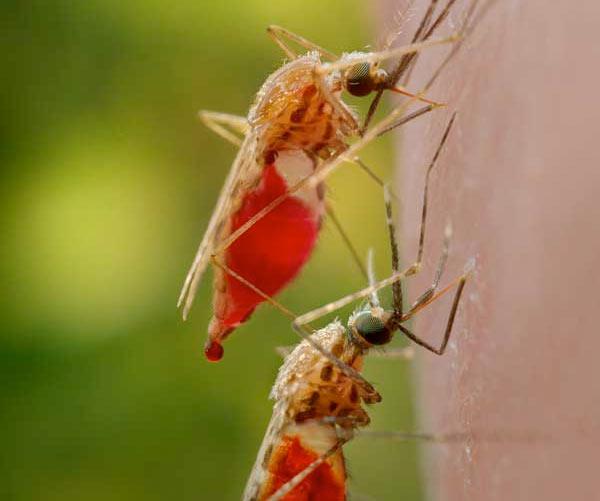US Malaria Cases Reach 40-Year High

The number of malaria cases in the United States is the highest in more than 40 years, according to a new report from the Centers for Disease Control and Prevention.
In 2011, there were 1,925 reported malaria cases in the country, the highest since 1971, and a 14 percent increase from 2010, the CDC said.
Almost all U.S. residents who got malaria acquired the disease while traveling in another country. Nearly 70 percent of U.S. malaria cases in 2011 were acquired in Africa, the CDC said. India had the most imported cases of any single country, with 223, followed by Nigeria, which had 213. [7 Devastating Infectious Diseases]
“Malaria isn’t something many doctors see frequently in the United States thanks to successful malaria elimination efforts in the 1940s," CDC Director Dr. Tom Frieden said in a statement. "The increase in malaria cases reminds us that Americans remain vulnerable and must be vigilant against diseases like malaria because our world is so interconnected by travel."
Malaria is caused by a parasite that is spread by the Anopheles mosquito. The disease can be deadly, five malaria-related deaths were reported in the U.S. in 2011.
It is important that people who travel to areas where malaria is endemic take precautions to prevent the disease, such as using anti-malarial drugs, insect repellent, insecticide-treated bed nets and protective clothing, the CDC said. The agency has a list of recommendations for malaria prevention by country, and says that travelers should consult a health-care provider before they leave the United States.
Follow Rachael Rettner @RachaelRettner. Follow LiveScience @livescience, Facebook & Google+. Original article on LiveScience.
Get the world’s most fascinating discoveries delivered straight to your inbox.

Rachael is a Live Science contributor, and was a former channel editor and senior writer for Live Science between 2010 and 2022. She has a master's degree in journalism from New York University's Science, Health and Environmental Reporting Program. She also holds a B.S. in molecular biology and an M.S. in biology from the University of California, San Diego. Her work has appeared in Scienceline, The Washington Post and Scientific American.


